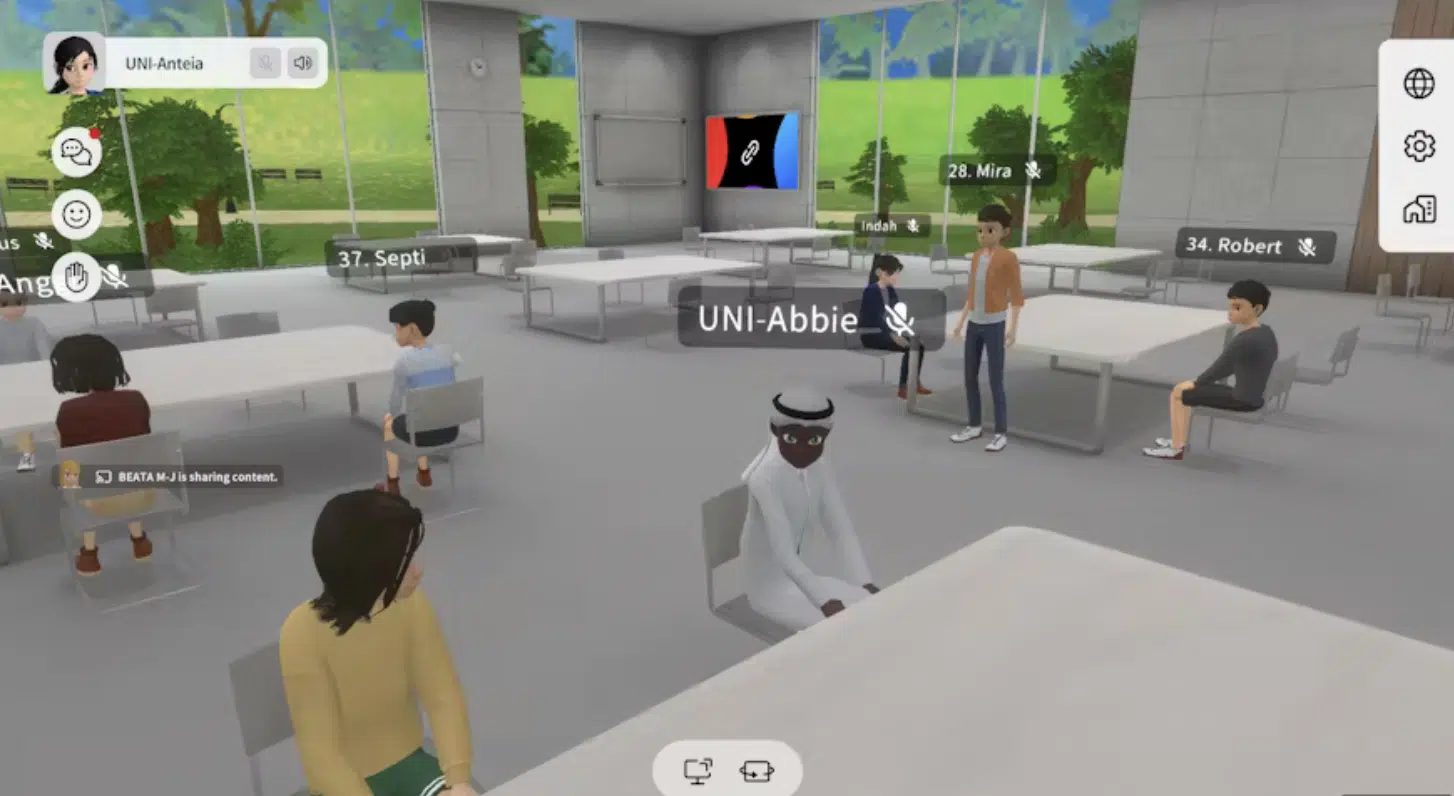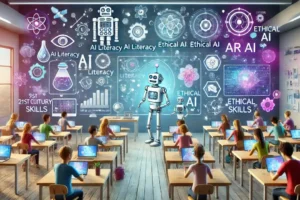
Interactive Metaverse Classrooms: Redefining Global Learning in 2025
15 January 2025, Wednesday
Hello students, educators, and lifelong learners around the world,
At the start of 2025, a transformative shift began in global education: **Interactive Metaverse Classrooms** took center stage. Powered by VR and AR technologies, these immersive virtual environments are reshaping how young learners engage with complex subjects—from chemistry lab simulations to live language exchanges across continents. Our “News & Updates” section explores this educational frontier and its potential to democratize access and ignite curiosity. Ready to dive into the future of learning?
What Are Metaverse Classrooms?
Metaverse classrooms are virtual learning spaces where students and teachers interact as avatars. These environments simulate real-world classrooms, laboratories, historical settings, or even abstract spaces designed for creativity. Starting January 2025, major platforms like Engage, FrameVR, and Virbela launched education-focused updates, offering tools such as interactive whiteboards, 3D models, and real-time multilingual communication.
Global Reach, Local Impact
In countries with limited infrastructure, students can join a fully equipped virtual science lab or participate in a global book club with peers from different continents. Schools in rural India, South America, and parts of Africa reported up to 70% increase in student engagement after launching pilot metaverse sessions. Language exchange clubs, collaborative design projects, and simulated field trips in metaverse spaces are becoming standard practice.
Advantages for Students
Metaverse classrooms offer:
- Immersive Learning: Practice chemistry reactions or historical reenactments in 3D.
- Global Collaboration: Work with peers in different countries in real time.
- Accessibility: All you need is a basic VR headset or even a mobile AR viewer.
- Skill Development: Critical thinking, digital literacy, and intercultural skills are naturally fostered.
For example, in a metaverse-based anatomy class, students from Mexico and South Korea can dissect a virtual heart together—seeing and naming structures in multiple languages while collaborating on diagnostics.
Challenges and Solutions
Key challenges include:
- Hardware Accessibility: While VR headsets are still costly, schools are adopting affordable mobile-AR alternatives.
- Teacher Training: Educators must learn to facilitate and manage virtual environments effectively.
- Internet Connectivity: Some regions face bandwidth issues. Platforms are adapting with low-data modes and offline content.
Initiatives by UNESCO and Khan Academy have funded headset-sharing programs and educator workshops in regions with limited resources, helping bridge the digital divide.
How to Get Started
- Schools: Pilot a 30-minute metaverse lesson using free tools like Mozilla Hubs or FrameVR.
- Students: Join global study groups or language clubs hosted in virtual spaces.
- Parents: Explore AR apps that offer 3D simulations (e.g., solar system exploration or anatomy models).
- Educators: Take free training courses on metaverse teaching offered by EdTech consortia.
Final Thoughts
January 2025 marks the rise of Interactive Metaverse Classrooms—an innovation that merges technology with education to create engaging, equitable, and future-ready experiences. Students, educators, and parents can explore virtual labs, global study rooms, and creative collaboration spaces. The metaverse is not just a trend—it’s a gateway to a new era of global learning. Try a virtual lesson this month, share your thoughts, and let’s build a borderless classroom together!



